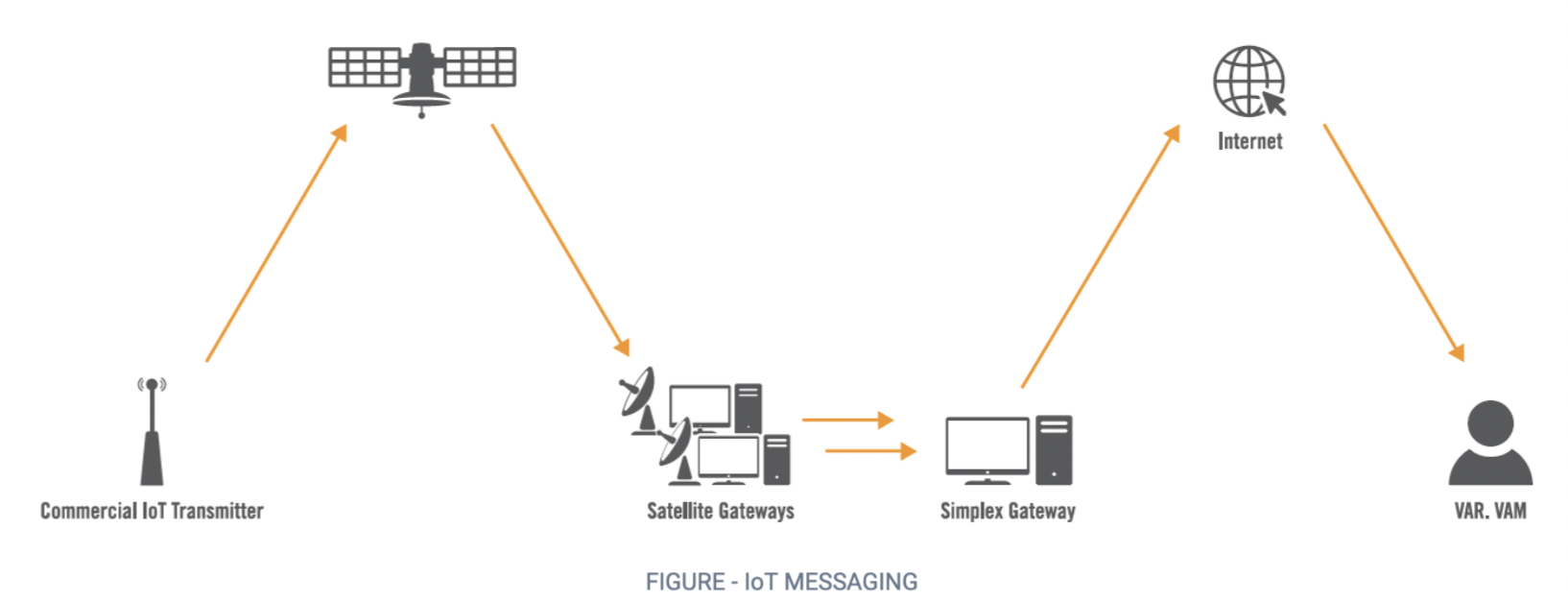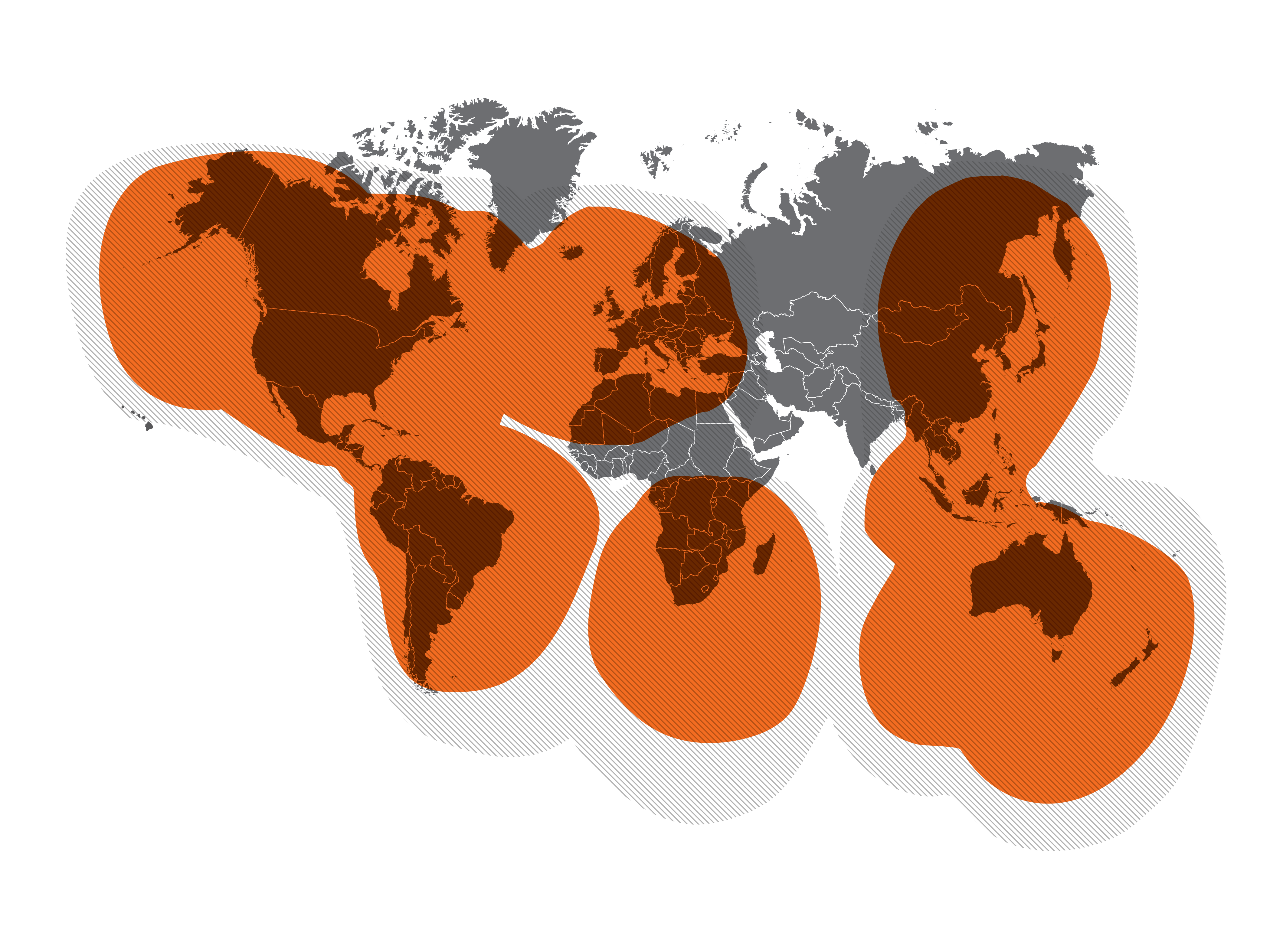Overview
Theory of Operation
Theory of Operation
The GSatRancher Series operates on the Globalstar LEO satellite network. LEO (Low Earth Orbit) means that there are a number of satellites in low earth orbit that constantly orbit the planet and can communicate with devices that are within range of its current position. Because the satellite position is constantly changing, commercial IoT devices on the ground will transmit (with no knowledge of any of the satellite locations),and the transmission may be received by one or more satellites. These satellites will then relay the message to the nearest satellite gateway. Once received by the satellite gateway, the message will be delivered to the gateway, where redundant messages are discarded and the data from the message is sent to the telematics platform

There are brief periods of time where there is no satellite in range of the commercial IoT transmitters due to obstructions and/or satellite coverage geometry. Since the GSatRancher Series has no way of knowing if a transmitted message has been successfully received, the GSatRancher Series is designed to send multiple (redundant) transmissions for each message sent. The number of redundant transmissions per message is 3. This means that each message sent by the GSatRancher Series will be transmitted three times. Each transmission will contain the exact same data payload. The redundant transmissions of each message will be sent over a randomized interval with a configurable maximum and minimum duration. The default re-transmission configuration occurs between 5 to 10 minutes apart for each even randomized distribution. The transmission sequence for a single-packet message using three redundant transmissions is shown below.

For normal conditions where the transmitter has an open view of the sky, this will result in a better than 99% chance that the message will be received.

Map coverage as of July 28 2023
Identification Features
